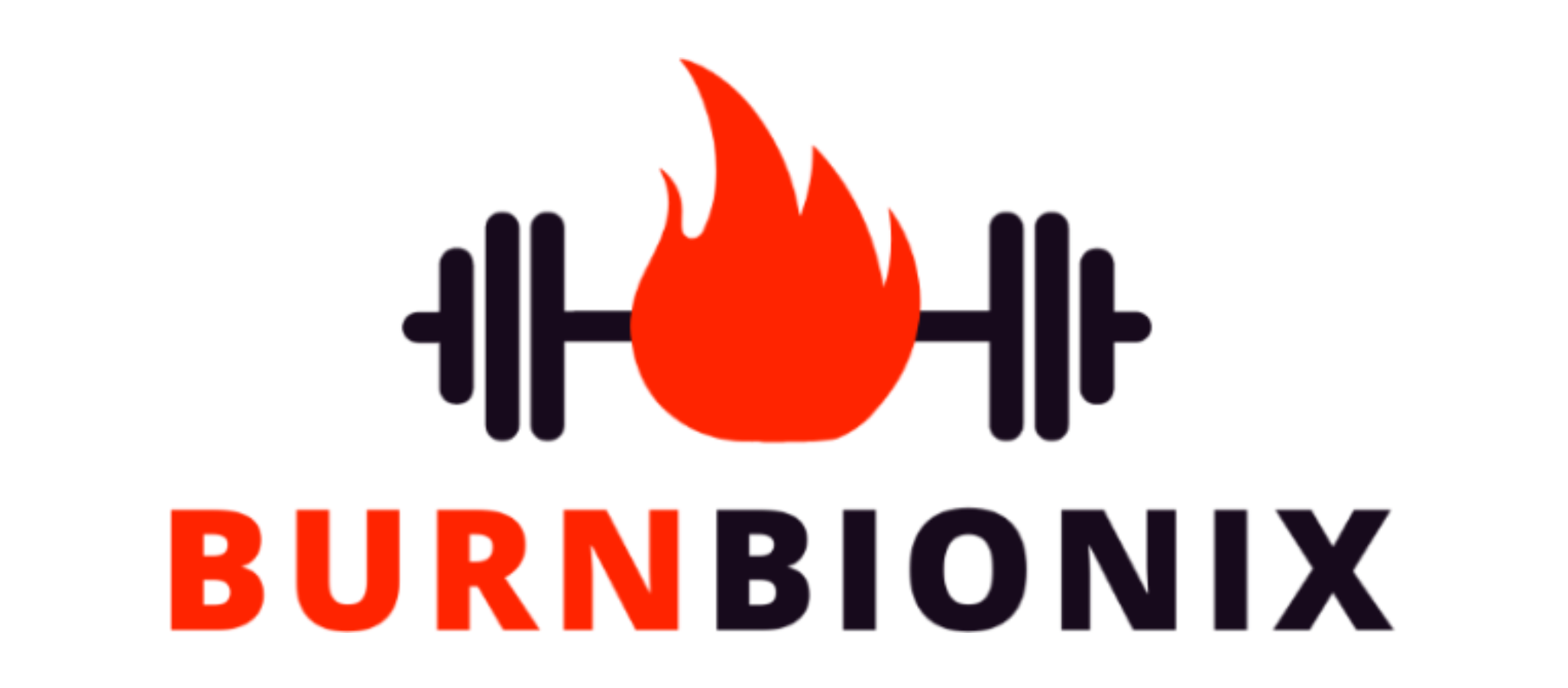Alright fitness fiends, time to talk stretching – the overlooked MVP of any workout routine. We all know it’s crucial, but the big debate is when. Do you do your stretching after or before workout? Both have pros and cons.
Pre-workout stretching warms up muscles, increases flexibility and range of motion, and gets you primed to push harder safely. But post-workout stretching helps remove lactic acid, improve mobility, and prevent next-day soreness. So who’s right?
While the ideal timing is still up for discussion, the importance of stretching is clear. Appropriately stretching major muscle groups improves flexibility, range of motion, and can even enhance athletic performance. The key is incorporating both dynamic warm-up stretches and static post-workout holds into your fitness regimen. Continue reading to learn the merits of stretching both before and after your sweat session, as well as proper technique to optimize results. With the right information, you can customize an effective stretching routine to complement your workouts and keep your body primed for gains.
The Importance of Stretching
Stretching provides numerous benefits that make it a vital component of any exercise routine. Most importantly, stretching improves flexibility and range of motion around the joints. Tight, inflexible muscles can restrict movement and lead to poor mobility. Consistently stretching major muscle groups lengthens the muscles and increases flexibility. This allows for freer, more fluid motion when exercising or even during daily activities.
Additionally, stretching helps prevent workout-related strains and injuries. Exercise places intense demands on the muscles and tendons. Stretching prepares them for this stress and reduces the chance of painful tears and pulls. It’s generally recommended to stretch any given muscle group at least twice per week. For example, stretches that target the legs, chest, shoulders, back, and core can be spread out over a 2-3 workout split.
Stretching also alleviates post-workout muscle tension, soreness, and damage. It helps flush out lactic acid that builds up in the muscles during intense training. This facilitates recovery by increasing blood flow to the worked areas. Overall, consistently carving out time for muscle stretches provides a laundry list of physical benefits. Whether performed before or after a workout, stretching is a fundamental component for optimized performance and safety.
Stretching Before a Workout
Pre-workout stretching prepares the muscles and joints for the demands of exercise ahead. Dynamic stretches are recommended as part of a warm-up before strength training, cardio, or any athletic activity. These active movements take the muscles through a wide range of motion to enhance mobility and range. Examples include arm circles, walking lunges, and leg swings.
Dynamic stretching increases core body temperature and improves blood flow to the working muscles. This primes them for the increased exertion of the upcoming workout. It also activates the nervous system and helps improve coordination. Moving through the full range of motion of major joints lubricates them and readies them for free, flexible movement.
Additionally, dynamic warm-up stretches reduce the chance of injury during activity. They gently enhance elasticity of the tendons and muscles prior to intense training. This decreases the likelihood of pulls, tears, and strains. Properly warming up the body helps safely achieve maximum range of motion once the real workout begins.
Lastly, dynamic stretches can improve athletic performance. Mobilizing the joints and increasing muscle temperature prior to activity enables the body to generate more power and strength. Reaction time and balance also improve. Therefore, dynamic stretching not only prevents injury but can directly enhance training results.
Be sure to focus on the muscle groups that will be targeted during the main workout. For example, squat lunges and leg swings effectively prep for leg day. Save static stretching for post-exercise when the muscles are warm and pliable. In summary, performing active, dynamic warm-ups before training safely primes the body for any physical feat.
Stretching After a Workout
While dynamic stretches make for an effective warm-up, static stretching is best suited for post-workout. After intense training, the muscles are still warm and pliable. This is the ideal time to hold sustained stretches targeting each major muscle group.
Post-workout stretching provides multiple benefits. Firstly, it helps reduce residual muscle tension, soreness, and damage from the preceding workout. After demanding resistance or cardio training, the muscles remain swollen and full of lactic acid. Stretching helps clear out this buildup, bringing fresh blood flow back into the areas.
Additionally, static stretching following exercise enhances muscle recovery. It allows the fibers to fully elongate after remaining contracted during training. This reduces next-day soreness and stiffness. Holding gentle stretches when the muscles are warm and receptive enables them to achieve lengthier extension.
Post-workout stretching also continues to boost flexibility as the muscles relax. Pushing the muscles through an increased range immediately after intense exertion promotes longer-term elasticity improvements. The joint mobility gains from pre-workout dynamic stretches are compounded by static stretching afterward.
Furthermore, stretching after a workout helps reduce injury risk. Muscles are vulnerable following intense training. Taking them through full range of motion helps maintain strength through the complete movement. This minimizes imbalances or weakness that could lead to strains and tears.
How to Properly Stretch
Knowing how to stretch correctly is key to reaping the full rewards while avoiding injury. Let’s explore proper technique for both dynamic and static stretching.
As discussed, dynamic stretches are active movements that take joints through an extended range of motion. Dynamic warm-ups should be performed before exercise when muscles are still cool. Movements should be controlled and relaxed – no bouncing. Focus on reaching the fullest range possible without pain. Common dynamic stretches include walking lunges, leg swings, torso twists, and arm circles. Perform 10-15 reps of each exercise.
For post-workout static stretching, take each major muscle group through sustained gentle holds. For most muscle areas, hold each stretch for 20-30 seconds. Larger groups like the hamstrings may benefit from longer 40-60 second holds. Breathe deeply and relax into the stretch – avoid straining. Stretches should feel mildly uncomfortable but never painful.
It’s crucial to maintain proper body alignment during stretches. Poor posture places undue stress on muscles and joints. When stretching the legs, keep your back straight. Stretch your arms overhead with a neutral spine versus rounding forward. Pull shoulders back when stretching the chest. Stabilize your core when stretching the hips and groins.
Example muscle groups and common corresponding stretches:
- Shoulders – Across chest stretch, shoulder circles, arm holds behind back
- Chest – Hands clasped behind back, chest opening
- Quadriceps – Standing quad stretch, lunges
- Hamstrings – Standing or seated toe touches, single leg deadlifts
- Hips/Groin – Butterfly stretch, figure 4 stretch, lunges
- Calves – Standing calf stretch, runner’s lunge
The key is being consistent – make stretching a regular habit before and after workouts. Proper form prevents injury so you can keep exercising safely and comfortably.
Final Thoughts
Regular stretching provides immense benefits for muscle performance, joint health, and injury prevention. While the ideal timing is debated, the takeaway is clear – effective stretching routines incorporate both dynamic warm-ups pre-workout and static stretches post-workout.
Dynamic movements before exercise enhance range of motion and safely activate the body for any activity ahead. Static holds afterward facilitate muscle recovery, boost flexibility, and regulate healthy blood flow. Making stretching a consistent habit optimizes results from workouts and keeps the body primed to perform at its peak.
For maximum rewards, be sure to tailor stretches to target the muscle groups worked that day. Maintain proper form and avoid straining too intensely. With a balanced, customized approach, pre- and post-workout stretching can take your training to the next level. Don’t let tight muscles limit you – take time to regularly stretch for gains in comfort, performance, and wellbeing.









